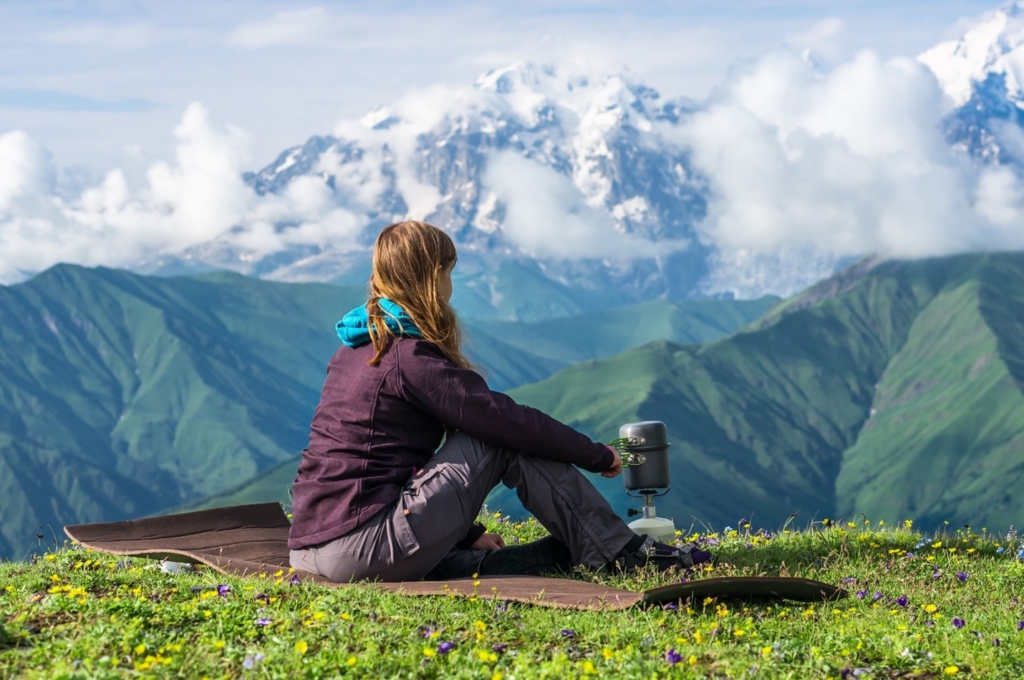
Putting Georgia on the map
The administration understood how important tourism development would be in helping repair the shattered economy it had inherited and revitalize long-neglected areas such as Sighnaghi in eastern Georgia, which was rigorously renovated and marketed as ‘the city of love’.
Tourism is not a tough sell. Georgia may be small, but it boasts several UNESCO world heritage sites, the Black Sea coast, the majestic Caucasus mountains, diverse natural environments, an 8000-year-old winemaking tradition, and an equally strong food culture.
Between 2009 and 2012, the number of visitors to the country jumped by nearly 200% — from 1.5 million to 4.4 million — marking one of the fastest growth rates for tourism in the world. By 2019, the number more than doubled again to 9.3 million, injecting more than $3bn into the economy, accounting for 7.5% of the gross domestic product.
Maintaining sustainable growth

Although the government has been busy creating fertile conditions for investors in the tourism sector, it has only recently begun to confront the negative effects of the tourist boom and the need to ensure sustainable, high-quality growth. The good news is that ‘sustainability’ is becoming a buzzword.
“Our main priority is promoting sustainable tourism: it is part of the [Ministry of Economy and Sustainable Development’s] national policy,” states Tamuna Koriauli, deputy head of the Georgian National Tourism Administration. “We support local communities with free training programs to enhance safety, sustainability, and green principles,” she says.
While the government draws up strategies, encourages the private sector to invest, and promotes Georgian tourism worldwide, the EU, USAID, the UN Development Program (UNDP), and others have been actively backing regional projects with funding. Last year, for example, the EU, alongside two individual member states, Sweden, and Austria, launched the so-called ‘Greta project’, calling for development grant proposals worth a total of €860,000 in eight mountainous municipalities in west Georgia.
Such grants are not simply awarded to people who fix up their homes to rent out a room or two, but to applicants that can provide a distinctive business model along with an environmental-impact review. “We are trying to push the market to a more professional level,” states Stephan Schmitt-Degenhardt, project technical leader at UNDP.
Workforce issues
Mass tourism attracts low skills. Nearly 80% of Georgia’s visitors are from neighboring countries who, for the most part, do not expect high-quality services. For Georgia to be more sustainable, it must attract “high-value tourists”, argues Mr. Schmitt-Degenhardt. Such visitors typically visit the regions, spend more money, and leave a minimal environmental footprint. “To move to higher value requires higher skills and new products,” he adds.
Baia Abuladze is a natural winemaker in the west Georgian region of Imereti who has benefitted from Western grants to improve her family’s organic vineyard and wine cellar and build a guesthouse that exemplifies Agri-tourism sustainability. “We get great produce: vegetables, cheese, eggs, and things for our guesthouse from local farmers. One farmer doesn’t have to go to the Kutaisi bazaar to sell his vegetables because of us,” says Ms. Abuladze.
In every region targeted for development, the government and international organizations invite civil society representatives and the private sector to actively engage in brainstorming and planning sessions. The short-term vision is a negative trend all too prevalent within the country’s private sector. In Borjomi, however, business leaders are showing they are on board with long-term, sustainable goals by proposing initiatives to introduce city clean-up and waste management projects, along with developing ecotourism projects.
Build and they will come
As private sector developers go, none have been more advantageous to Georgia’s tourism sector than the Adjara Group. In 2012, before its Rooms Hotel Kazbegi opened in the mountain hamlet of Stepantsminda, there was no dependable place to stay. Its sudden presence sparked such a wave of interest in the region that today there are nearly 150 accommodations listed on booking sites. Adjara Group’s projects are magnets for development. Fabrika, its hostel and urban space concept in Tbilisi, has inspired cafes and small businesses to open in what had been a neglected neighborhood.
Today, the group is taking development to a new level by revitalizing an entire village in south-eastern Georgia. The Udabno Project is a partnership with local farmers that includes 2000 hectares of almond trees, a vineyard of rare endemic grapes, and a buffalo dairy farm.
“The farmers will provide the produce for our hotels and restaurants, but there will also be a farm-to-table restaurant there, available for pop-up dinners and workshops,” explains Tata Chumburidze, Adjara Group’s head of marketing and business development. “This is a sustainable tourist destination totally connected to gastronomy,” she adds.
For the past year, Georgia has been on pins and needles as the Covid-19 pandemic crushed the country’s fastest-growing sector. As it reopens its borders, people look forward to returning to normal. Studies show that traveling trends are changing already. Georgia has typically been a transient destination where visitors stay for two to three days and move on, but now it is seeing prolonged stays of five to seven days.
The hope is that the pandemic will have given people in the sector a break to reassess their priorities and move to a more sustainable model as visitors return. Ms. Koriauli believes the crisis has provided an opportunity for people to adapt to new challenges and think outside the box: “Our focus now is on providing quality over quantity,” she says.


